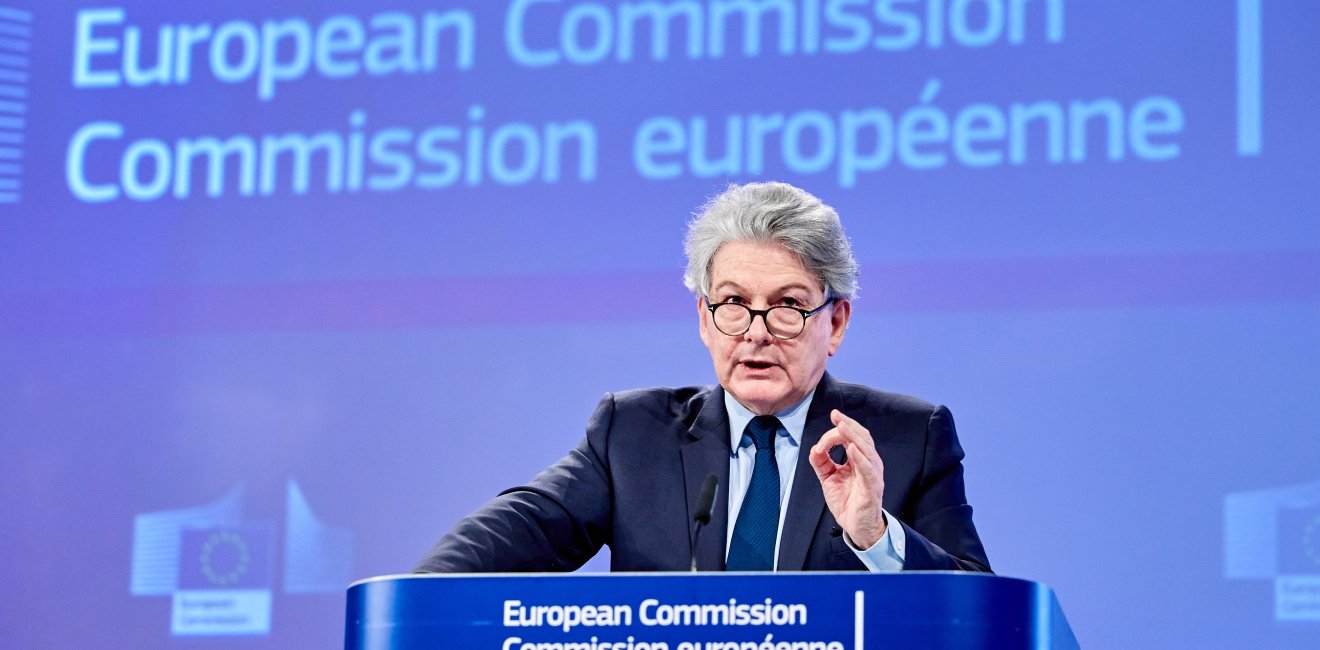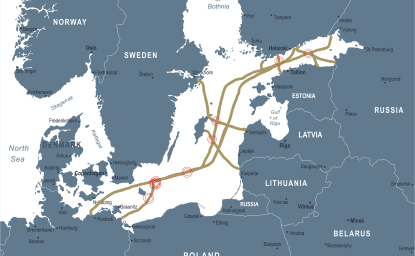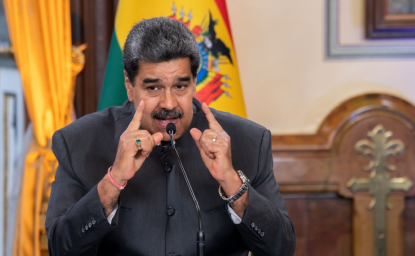The European Union is in the process of building a robust and capable defense industrial base in response to Russia’s invasion of Ukraine. Europe’s defense production has so far suffered from fragmentation along national lines and chronic underfunding. Following Ursula von der Leyen’s call for turbocharging European defense production in a speech last week, the highly-awaited European Defence Industrial Strategy (EDIS) released this week seeks to change that shortfall. This non-binding document, accompanied by the European Defence Industry Programme (EDIP), presents a set of actions to strengthen the EU's defense industry capabilities and cooperation at the EU level in order to meet the demands of the member states. With this, the EU is utilizing the recent increases in military spending by its member states to fundamentally transform the bloc’s readiness to respond to conflicts in the future.
Currently, the EU’s defense production cannot meet the pace needed to support Ukraine, let alone replenish depleted military stockpiles. In March 2023, the EU High Representative for Foreign Affairs and Security Policy Josep Borrell boldly promised the EU would deliver one million rounds of ammunition within a year to Ukraine. To deliver on this promise the EU adopted the Act in Support of Ammunition Production (ASAP) to boost European production. However, it soon became clear that Europe’s defense industry was not up to the task, nor were there enough stockpiles on hand to meet this demand in such a short time frame. As of now the EU is expected to deliver just over half a million rounds by the end of March. For comparison, Russia is capable of producing as many as 2 million rounds of artillery per year and is estimated to have allocated upwards of 29% of its 2024 budget expenditure to support its war efforts. Although the EU's ambitious pledge was initially met with skepticism, it has, nevertheless, yielded some limited results in production capacity–a 20-30% increase in shell production, with the expectation to reach the capacity of 1.4 million rounds by the end of 2024.
The EDIS aims to bridge these short-term reactionary mechanisms with concerted long-term defense capabilities efforts. It proposes measures to incentivize cooperation among member states not only in R&D but also procurement. It also sets ambitious goals for buying and producing more from European producers by 2030. With this the EDIS seeks to build industry confidence that investments in production capacity will be followed by sustained demand, including the development of so-called “ever-warm” facilities that will keep up production even as demand wanes. It is supported by the EDIP, which proposes an immediate fund of €1.5 billion to support these efforts until 2027. After that, further funding is expected to be ensured in the next EU budget. With EDIP being a legislative initiative, intense negotiations among the member states, as well as with the European Parliament, can be expected. However, these negotiations only begin in December 2024.
The EDIS aims to bridge these short-term reactionary mechanisms with concerted long-term defense capabilities efforts.
The EDIS adds to the picture of the future direction of EU defense policy. It builds upon the Strategic Compass, a landmark document with firm targets and goals to fundamentally transform the EU. First unveiled in March 2022, the Strategic Compass–hailed as the first defense strategy document of the EU–serves as a guide to making the EU a more capable security and defense actor. So far, the EU has been steadily progressing through the deadlines and targets outlined by the Strategic Compass. Last October, the EU held its first ever live military exercises under the Spanish presidency of the European Council, featuring 19 member states operating in unison. With plans to launch the Military Planning and Conduct Capability (MPCC) by 2025 to serve as the EU’s command and control structure, along with a number of additional goals for 2025 outlined in the Strategic Compass, the EU needs a credible defense industry.
While the EU cannot militarily support Ukraine without the United States, the EU shines in its financial and humanitarian support of Ukraine. The US remains the largest military donor, with total commitments of $46.33 billion. However, Europe has surpassed the United States as the largest overall contributor to Ukraine, a facet often lost in the US debate. Since the start of the war, the EU and its member states have made available $96 billion in financial, military, humanitarian, and refugee assistance. The EDIS also focuses on further support for Ukraine through common procurement and defense industry cooperation, including opening an innovation office in Kyiv. However, according to the Kiel Institute Ukraine Support Tracker, to fully replace US military assistance in 2024, Europe would have to double its current level and pace of arms assistance. This is precisely what the EDIS seeks to address: although in the near-term the EU will be unable to match the United States in military aid to Ukraine, the EDIS reflections on the EU’s defense industry represents a marked shift in policy and the shattering of long held taboos.
With EDIS, the EU has finally recognized the geopolitical necessity to double-down on defense through joint procurement and coordinated efforts for better European spending. At the same time, defense remains a national competence, raising questions about implementation and feasibility of the ambitious production and procurement goals. It remains to be seen how national interests will therefore play into contributing to deepening EU defense cooperation. Another limiting factor is the funding. Firstly, the amount currently proposed for this bold line of action–only €1.5 billion–is very small, compared to recent calls from Commissioner Breton of a €100 billion defense fund. Secondly, several member states do not see eye to eye on where the money should come from, meaning finding agreement will not be easy. However, the trendline in Europe is clear: with its new strategy to boost European defense cooperation and ramp up production, the EU is actively taking steps to become a more credible security and defense actor.
Authors



Global Europe Program
The Global Europe Program is focused on Europe’s capabilities, and how it engages on critical global issues. We investigate European approaches to critical global issues. We examine Europe’s relations with Russia and Eurasia, China and the Indo-Pacific, the Middle East and Africa. Our initiatives include “Ukraine in Europe”—an examination of what it will take to make Ukraine’s European future a reality. But we also examine the role of NATO, the European Union and the OSCE, Europe’s energy security, transatlantic trade disputes, and challenges to democracy. The Global Europe Program’s staff, scholars-in-residence, and Global Fellows participate in seminars, policy study groups, and international conferences to provide analytical recommendations to policy makers and the media. Read more





